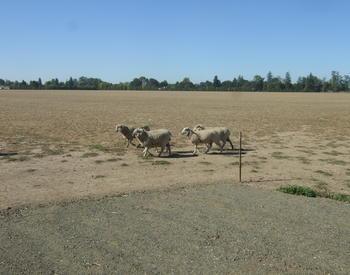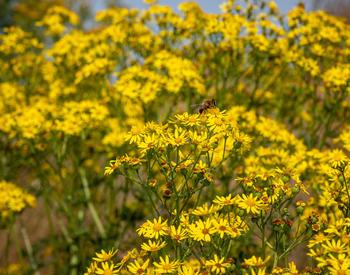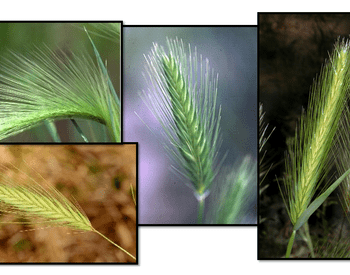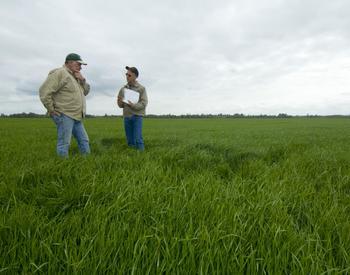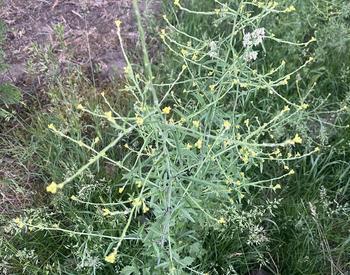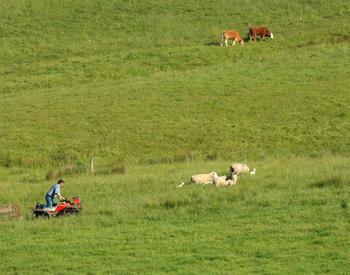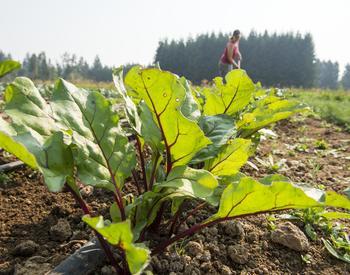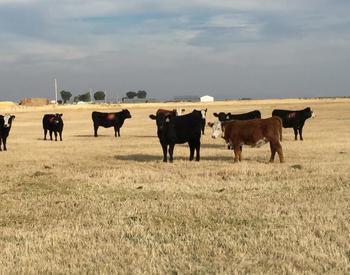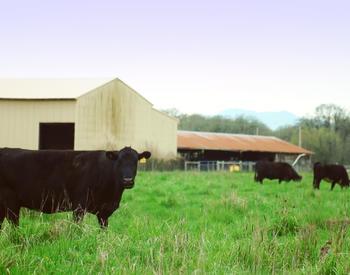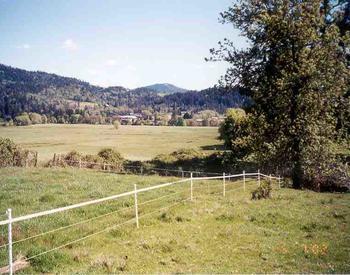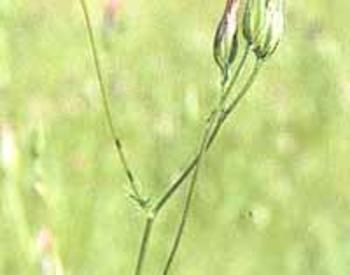When snow and ice finally ease up, and spring is just around the corner, your forage plants will start growing again. This means it’s time to start thinking about spring management for your pasture. Below are some management activities you should start planning for or doing.
Soil test
If you didn’t test it last fall, test the soil in your pasture this spring (or plan to do it this coming fall). OSU Extension recommends you test the soil in your pasture every one to two years to know how to amend your soil to get the most out of your pasture. The following resources can help you take and interpret your soil test.
- A Guide to Collecting Soil Samples for Farms and Gardens
- Analytical Laboratories Serving Oregon
- Soil test interpretation guide
- Nutrient management for pastures: Western Oregon and Western Washington
- Your local OSU Extension office. Many Extension offices can help you with soil sampling and soil test interpretation.
Fertilize
Nitrogen
If you haven’t already, and your field conditions allow for it, apply nitrogen. Early spring nitrogen applications allow for strong forage growth in the late spring and summer. If there is standing water in your pasture, delay nitrogen application until you’re able to get application equipment on your pasture.
Phosphorus and potassium
Apply phosphorus and potassium if your soil test indicates you need them and you didn’t in the fall.
Boron and sulfur
Apply boron and sulfur according to your soil test. These nutrients are best applied in the spring as they tend to leach. Boron is particularly important for legumes in your pastures. Note that a little boron goes a long way and too much can be toxic. Follow application recommendations from your soil test.
For more information about fertilizing your pasture, including specific application rates and nutrient sources, see Nutrient Management for Pastures: Western Oregon and Western Washington.
Manage weeds
Walk pastures to determine weed presence and manage as needed.
These weed management in pastures resources can help you develop a plan for caring for those weeds.
Mow or graze
Reducing your pastures to 3–4 inches of stubble height encourages new growth.
When your pasture conditions allow for it (it’s not too wet and muddy), rotate your animals through your pasture or mow with the mower blade set at 3–4 inches.
Plan for making hay or silage
If silage or hay production is part of your management plan, plan to remove livestock from identified fields in early April. Fertilize as needed.
Prep for renovation
Pastures can be renovated in the spring or fall. Sufficient preparation is required no matter when you plan on planting new seed in your pasture.
If you plan to renovate your pasture this or next year, look at the Seeding Methods (pages 16–19 in Pasture and Hayland Renovation for Western Washington and Oregon) and plan to follow the guide that aligns with your renovation goals and the resources you have available. This will involve:
- Implementing a weed management plan
- Testing soil to determine if lime or other fertilizers may be needed
- Finding equipment
- Determining seed species and cultivars and seeding rates
This article on pasture renovation provides additional springtime considerations if you plan to renovate your pasture this fall.
Manage for grass tetany
Grass tetany is a metabolic disorder most commonly seen in early lactation cows. This disorder is most commonly seen in the spring in pastures with low Mg and high N and K content.
Feeding cattle supplemental Mg can prevent grass tetany, as can delaying fertilizing with potassium until after the early spring tetany period.
For more information about preventing, recognizing, and treating grass tetany, see Spring Pastures: Grass Tetany and Bloat.
Adapted from OSU’s Growing Farms Online: Introduction to Pasture and Grazing Management Course by Evie Smith, Small Farms and Master Gardener Coordinator, OSU Extension- Lincoln County
